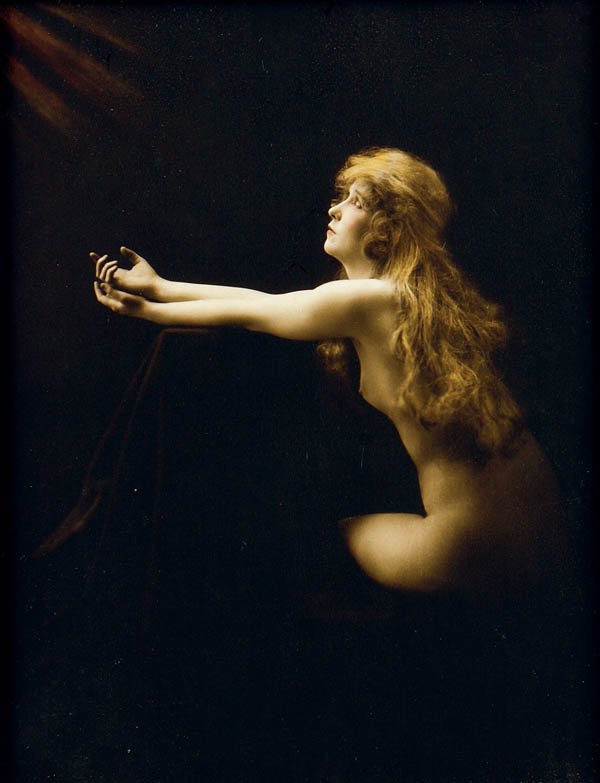“Dear Sir: I guess this will be one of the many letters you will receive from gratified mothers but I feel I must write and thank you for your wonderful book… Thank you in the name of all the mothers who have read your book and have been influenced by it to have a happier, healthier childbirth.” Anonymous, April 25, 1947[1]
Mothers and soon-to-be mothers adored Read and sang his praises. From one of these letters, “As soon as we thought I was pregnant, we bought your books. Our reaction to these books? How we wish you were here – or we were there? Also, we feel that you must be not only a superb obstetrician, but also a wonderful person.”[2]
Read preached his revelation of natural childbirth to women on an emotional level with the passion and fervor of a preacher whose faith in God was as visceral and tangible as Read’s method was to women. Read’s reluctance to engage with the medical community, beyond writing embittered letters and giving vociferous lectures was one of the things that endeared him to women.[3] Read garnered support and praise from mothers because he offered them an enlightened alternative to a system of medical intervention that was dehumanizing during childbirth.
He also won them over because he gave them the one thing they needed, hope. Hope that birth could be pain free and they could have control over their bodies and their situations during labor. Read collected hundreds of letters of testimonial from these mothers, lauding him and his methods.[4]

These testimonials not only show the faith the authors of the letters had in Read, but they provide the support needed for others to choose Read’s method. Patients need to have faith and trust in their physicians’ methods and prescriptions to have a successful relationship. If a patient doesn’t have faith in the physician, then they don’t have faith the treatment. In this way physicians can be viewed in a similar light to clergy and their relationship to God.
Vanderpool draws the parallel between physicians and priests, “They use powerful symbols to convey the meaning and validity of what they do–exemplified, for example, by wearing white coats symbolic of laboratory science, purity, and life. And they evoke in patients’ certain moods and motivations – including trust and great seriousness – that are conducive to their healing roles. Religious and medical professionals thus rely upon certain common dynamics.”[5] This common model of a calm, trustworthy authority figure is evoked with both a priest and a physician. Read capitalized on this with in his interactions with the mothers with whom he worked to draw and engage new followers.
Read was, and still is, worshiped by the mothers who praised him. He is seen as a savior to them, freeing them from not only the pain of childbirth, but also of the fear of the pain of childbirth. He gave them a way out by laying out the path for them with his method. The question then arises, was Read a success with the mothers because they had faith in his method, or because they had faith in him?
Next Up: Sermons and Stories – Drawing the Listener in to the Community of Believers
[1] Thomas, M. (1997), Postwar Mothers, Childbirth Letters to Dr. Grantly Dick-Read (1946-1956), p. 168 – 169
[2] Thomas, M. (1997), Postwar mothers, childbirth letters to Dr. Grantly Dick-Read 1946-1956, p.113
[3] Caton, D. (1996), Who said Childbirth is Natural? The Medical Mission of Dr. Grantly Dick-Read, p. 959
[4] Thomas, M. (1997), Postwar mothers, childbirth letters to Dr. Grantly Dick-Read 1946-1956 and the 63 boxes of letters in the Wellcome Collection in the UK.
[5] Vanderpool, H. Y (1990), Religion and Medicine, how are they related? p. 10
Become a Patron!